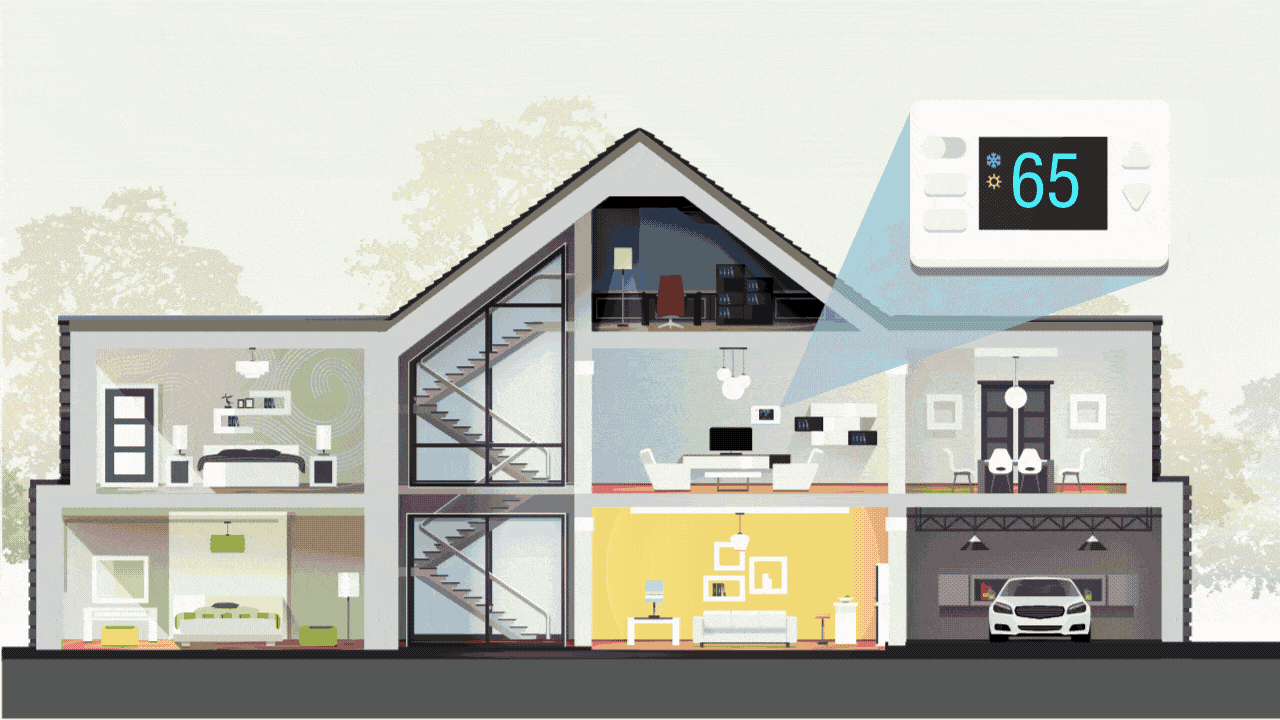Spray foam is a unique insulation and sealing product. The product is applied on site so it conforms to the surface where it is applied. This application process creates a tight building envelope, which improves energy efficiency.
Spray foam is versatile and can seal wall cavities, exterior walls, crawlspaces, attics, and small gaps and cracks throughout a house. Spray foam products can limit air infiltration and air movement throughout the home, which helps reduce energy usage, limits intrusion of pollutants and allergens, and makes the home more comfortable.
Spray foam can:
- Insulate and seal your home from air leaks. Insulating and air sealing your home will keep conditioned air from leaking to the outside, which can help lower your energy bills by 5% to 30% per year.1
- Open cell spray foam R-values start at: 6 per inch*
- Closed cell spray foam R-values start at: 7 per inch*
- Spray foam expands as it is applied to seal common gaps and cracks in a home
- Open cell and closed cell spray foam and spray foam sealants function as air barriers
- Increase the structural integrity of your home. Spray foam can provide additional building strength and lower maintenance costs which lead to reduced repairs for roofing systems.
- Make your home more comfortable. Spray foam decreases drafts and keeps all the rooms in your home the same temperature.
- Improves Indoor Air Quality. Spray foam can seal your home to prevent allergens and moisture from entering the building’s interior where it is applied.
- Allow you to select smaller HVAC equipment during new construction. Spray foam is an effective insulator and air barrier (sealant). Using spray foam makes your home more energy efficient. More efficient homes can use smaller HVAC equipment, leading to additional savings.
- Conform to unique design of your home. Spray foam is applied on site as liquid, which foams as it is applied to the structure. This allows the foam to expand and seal all the nooks and crannies of your home. Spray foam offers design creativity and flexibility by fitting hard-to-reach places or complicated structures, such as domed ceilings.
*R means resistance to heat flow. The higher the R value, the greater the insulating power. Ask your seller for the fact sheet on R-value.
1 https://www.energy.gov/eere/why-energy-efficiency-upgrades
